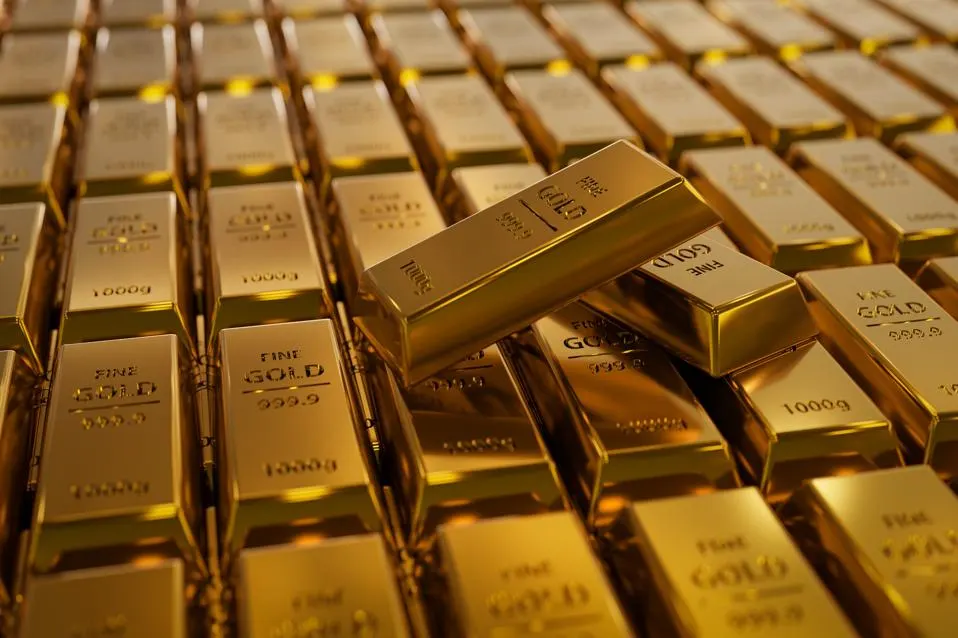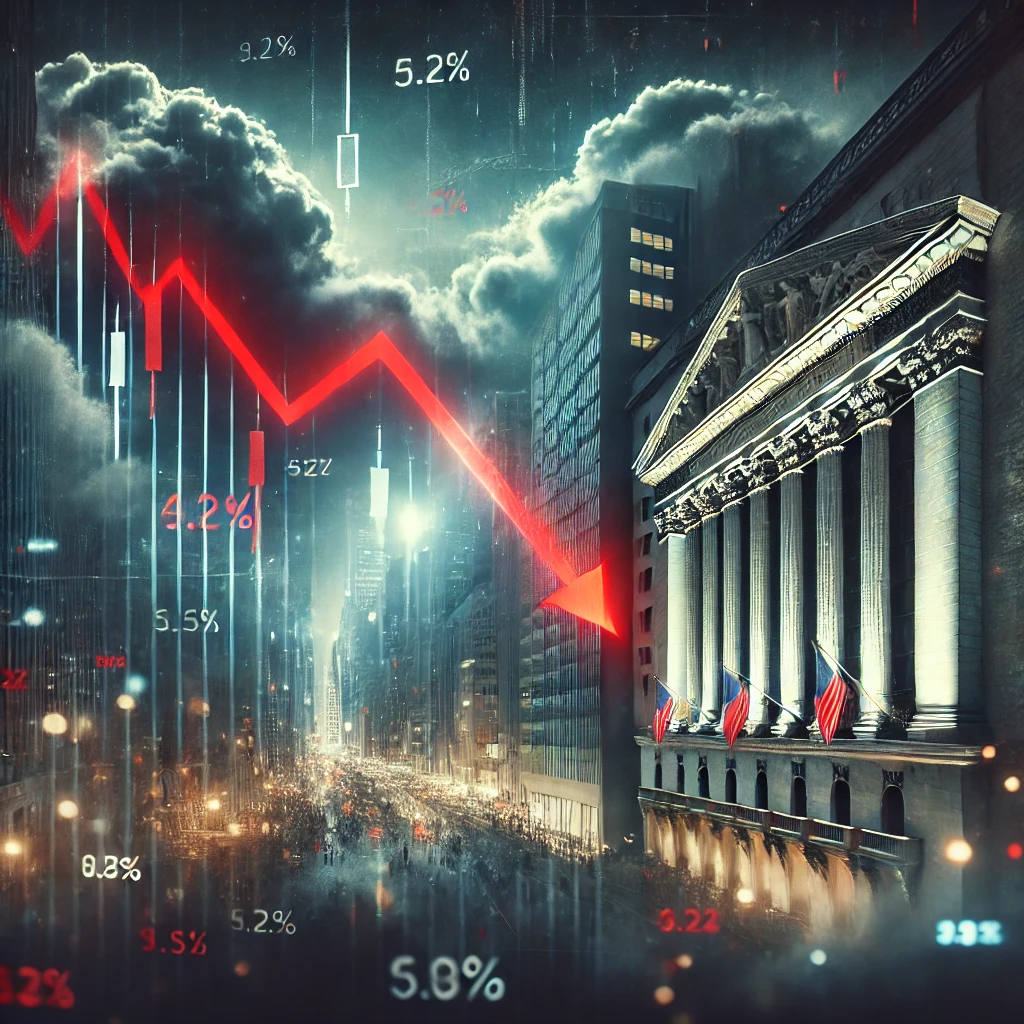A Safe-Haven Asset in Turbulent Times
In a historic financial milestone, gold prices have surged past the $3,000 per troy ounce mark for the first time, reflecting a confluence of global economic anxieties and investor strategies aimed at safeguarding wealth. This unprecedented rise underscores gold’s enduring status as a safe-haven asset amid escalating geopolitical tensions, trade disputes, and economic uncertainties.
Trade Disputes Fuel Gold’s Appeal
Central to the recent spike in gold prices is the intensifying trade conflict initiated by President Donald Trump. The administration’s imposition of 25% tariffs on all steel and aluminum imports has elicited swift retaliatory measures from major trading partners, notably Canada and the European Union. The situation escalated further when President Trump threatened a 200% tariff on European alcoholic beverages unless the EU rescinded its newly imposed 50% tariff on U.S. spirits. This tit-for-tat tariff exchange has heightened fears of a global economic slowdown, prompting investors to seek refuge in assets like gold.
Jason Hollands, managing director at UK wealth manager Evelyn Partners, characterized gold as “the panic asset of choice,” attributing its price surge to “the extreme uncertainty facing the global trade system at the moment from the Trump administration’s erratic and aggressive approach to tariffs and corresponding retaliatory measures.”
Beyond trade disputes, geopolitical tensions have further fueled gold’s ascent. Russia’s recent rejection of a U.S.-proposed 30-day ceasefire in Ukraine has reignited geopolitical instability, adding to the factors driving investors toward safe-haven assets.
Viktoria Kuszak, a research analyst at Sucden Financial, noted that such geopolitical instability has been a significant factor in the recent surge in gold prices.
Another critical driver behind gold’s meteoric rise is the strategic shift by central banks toward de-dollarization. In the aftermath of the 2022 invasion of Ukraine, central banks, including the People’s Bank of China, have been augmenting their gold reserves to diversify away from the U.S. dollar. This move aims to mitigate risks associated with potential foreign reserve seizures, as experienced by Russia.
Trevor Greetham, a senior investor at Royal London Asset Management, highlighted that gold prices have surged approximately 60% since 2022, driven by central banks’ efforts to diversify their reserves.
Inflationary trends have also played a pivotal role in gold’s price trajectory. After a period of relative stability, inflation has begun to climb, with the U.S. Consumer Price Index (CPI) rising by 0.5% in January 2025—the fastest increase in over a year. This uptick has eroded purchasing power, leading investors to flock to gold as a hedge against inflation.
The current economic environment is characterized by significant uncertainty, driven by proposed policy changes under the new administration. These changes, impacting tax structures, regulatory frameworks, and government spending, have led investors to reassess traditional investment strategies, further bolstering gold’s appeal.
The unprecedented surge in gold prices has elicited varied reactions from market participants. While some view it as a prudent move toward asset diversification, others express concern over potential market volatility. Notably, major U.S. stock indices have entered correction territory, reflecting a 10% decline from recent peaks, underscoring the broader market’s apprehension.
Financial analysts caution that while gold’s rally offers opportunities, it also presents risks. Investors are advised to consider their risk tolerance and investment horizons carefully. Ewa Manthey of ING highlighted that further tariffs could increase gold’s price volatility and potentially reshape trade routes, adding another layer of complexity to investment decisions.
Future Outlook: Looking ahead, the sustainability of gold’s price surge remains a topic of debate. Some analysts believe that ongoing geopolitical tensions, persistent inflation, and central banks’ diversification strategies will continue to support high gold prices. Conversely, others argue that potential monetary policy shifts, such as interest rate adjustments by the Federal Reserve, could temper gold’s upward momentum.
Gold’s historic breach of the $3,000 per ounce threshold encapsulates a period of heightened economic and geopolitical uncertainty. As investors navigate this complex landscape, the allure of gold as a timeless store of value continues to shine, reflecting both age-old sentiments and contemporary strategic financial considerations.
Investors considering entering the gold market at this juncture should weigh the metal’s historical role as a hedge against economic instability against the backdrop of current market dynamics. Diversification remains a fundamental principle, and while gold can serve as a stabilizing asset, it should be integrated thoughtfully within a broader investment portfolio.




